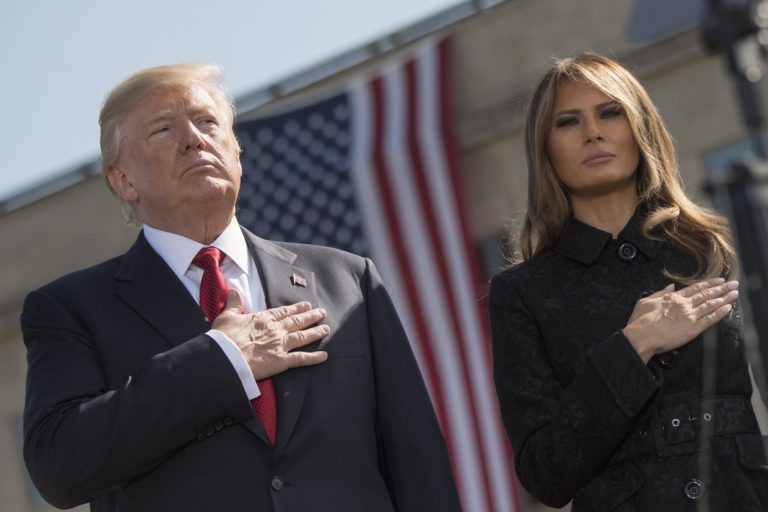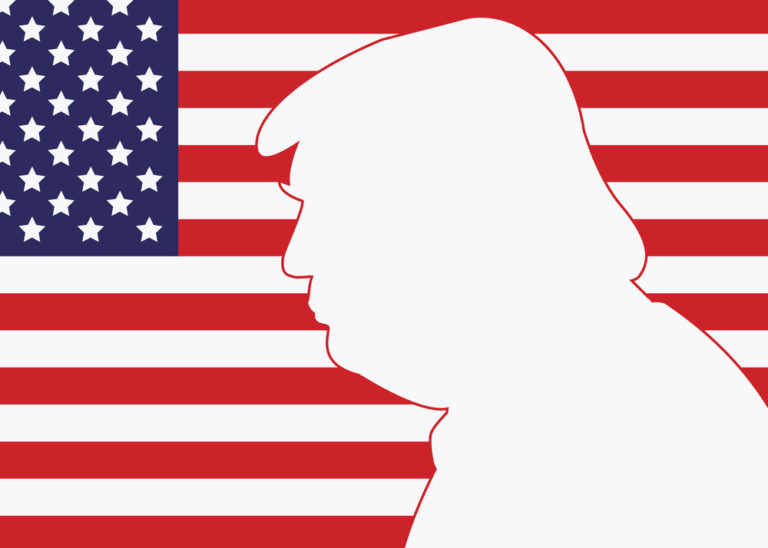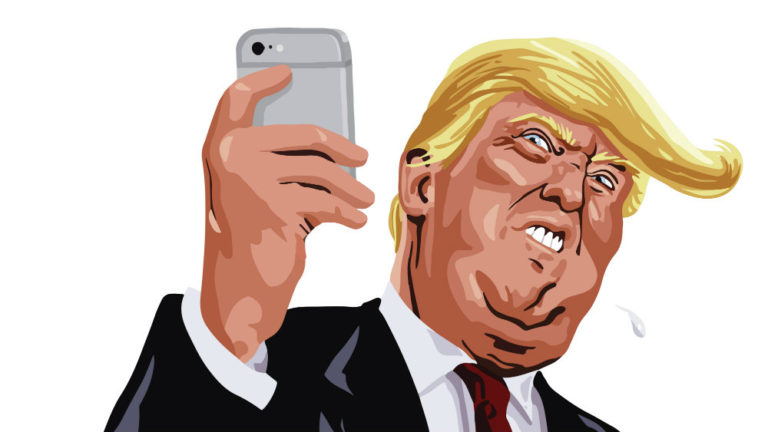Title: Fetterman Stirs Debate with Bipartisan Event Appearance
Key Takeaways:
- Senator John Fetterman attended a bipartisan event alongside Republican Senator Dave McCormick.
- Fetterman praised President Trump’s policies and admitted his party’s mistake on border security.
- Republicans are trying to recruit him, but he refuses to join the GOP.
- His actions are causing tension within the Democratic Party.
Fetterman’s Bipartisan Moment Sparks Controversy
Pennsylvania Senator John Fetterman made waves in Washington this week by attending a bipartisan event in Boston. The event, held at the Edward Kennedy Institute, brought together senators from both sides of the aisle to celebrate cooperation. Fetterman, a Democrat, appeared alongside Republican Senator Dave McCormick from Pennsylvania.
The two senators seemed to find common ground. McCormick even offered to publicly defend Fetterman from critics. “He actually asked me,” Fetterman shared. “It’s like, ‘Is it okay to defend you? I don’t want that to create more political problems.’” This unusual show of cross-party support highlights Fetterman’s willingness to work with Republicans.
Fetterman Breaks with Democrats on Key Issues
During the event, Fetterman surprised many by praising former President Donald Trump. He commended Trump for pulling the U.S. out of the Iran nuclear deal, moving the U.S. Embassy to Jerusalem, and helping resolve a dispute between Nippon Steel and U.S. Steel. These comments drew attention because they align with Republican priorities.
Fetterman also criticized his own party. He said Democrats made a “mistake” on border security, a topic often debated in Washington. He accused left-leaning media of targeting him for his views on immigration and Israel. “They question my missed votes and committee hearings,” Fetterman said, suggesting the criticism is politically motivated.
Republicans Court Fetterman Amid Tensions
Fetterman’s recent actions have caused tension among Democrats. His willingness to work with Republicans and his outspoken views on key issues have raised eyebrows. Republicans, sensing an opportunity, are actively trying to bring Fetterman into their fold. They hope his independent streak could lead him to switch parties.
Despite the outreach, Fetterman has repeatedly stated he will not join the GOP. “I’ll never switch,” he has said. However, his growing distance from Democratic leaders could still pose challenges for the party as it prepares for the 2024 election cycle.
Fetterman’s Mental Health Struggles Resurface
Fetterman’s appearance at the event also brought attention back to his mental health. A recent article in New York Magazine highlighted his ongoing struggles. Fetterman has been open about his health challenges, including depression and auditory processing issues. His transparency on this topic has made him a subject of both admiration and scrutiny.
Some critics have questioned whether his health issues impact his ability to serve. Fetterman, however, has shown no signs of stepping back. Instead, he continues to take unconventional steps, like attending bipartisan events, to make his voice heard.
What This Means for Democrats and Republicans
Fetterman’s actions are a double-edged sword for Democrats. On one hand, his independence and willingness to work across the aisle could appeal to moderate voters. On the other hand, his criticism of Democratic policies and praise for Trump could alienate party loyalists. This creates a challenge as Democrats try to unify ahead of the 2024 elections.
For Republicans, Fetterman’s openness to collaboration is an opportunity. Even if he doesn’t switch parties, his support on key issues could help them advance their agenda. Republicans are wasting no time in courting him, hoping to capitalize on his growing distance from the Democratic Party.
The Bigger Picture
Fetterman’s journey reflects the growing divide within the Democratic Party. As the 2024 election approaches, Democrats are striving to present a united front against Republicans. But Fetterman’s independent streak could complicate that effort. At the same time, it also highlights the importance of bipartisanship in a deeply divided Congress.
One thing is clear: John Fetterman is not afraid to challenge the status quo. Whether that helps or hurts his party remains to be seen.
Share Your Thoughts
What do you think about Fetterman’s Recent Moves? How do you think this could impact the 2024 elections? Let us know in the comments!










